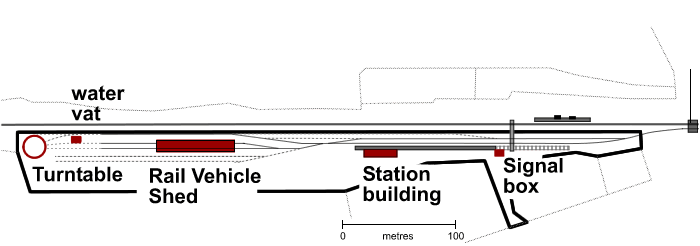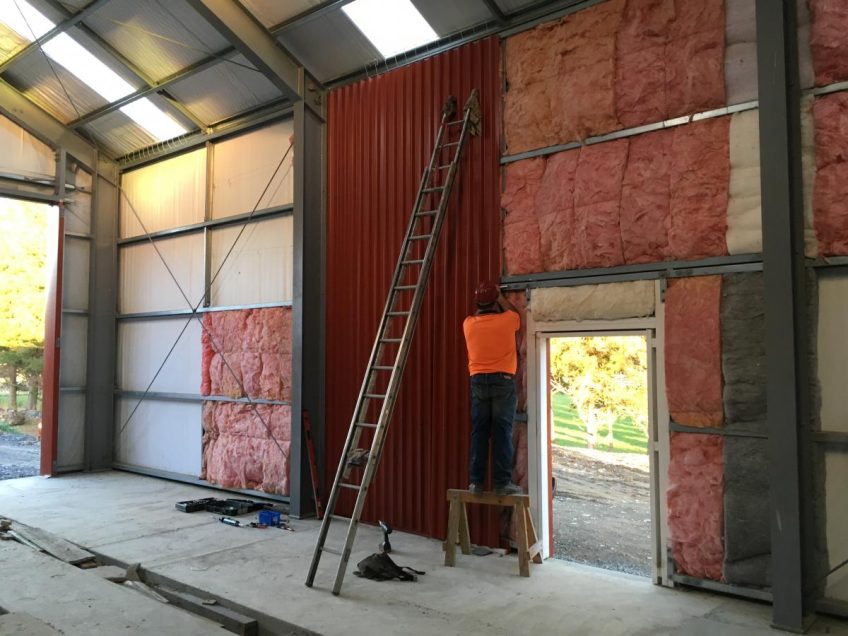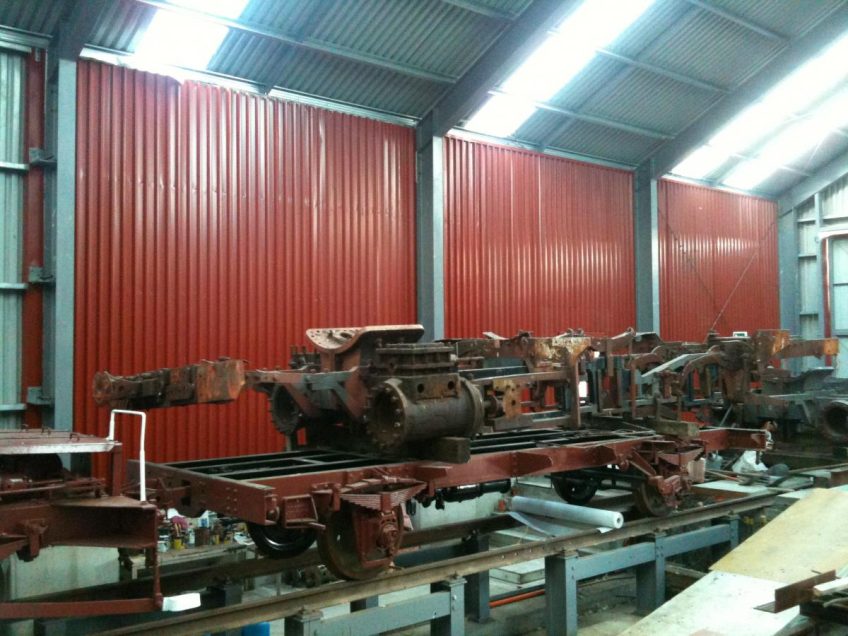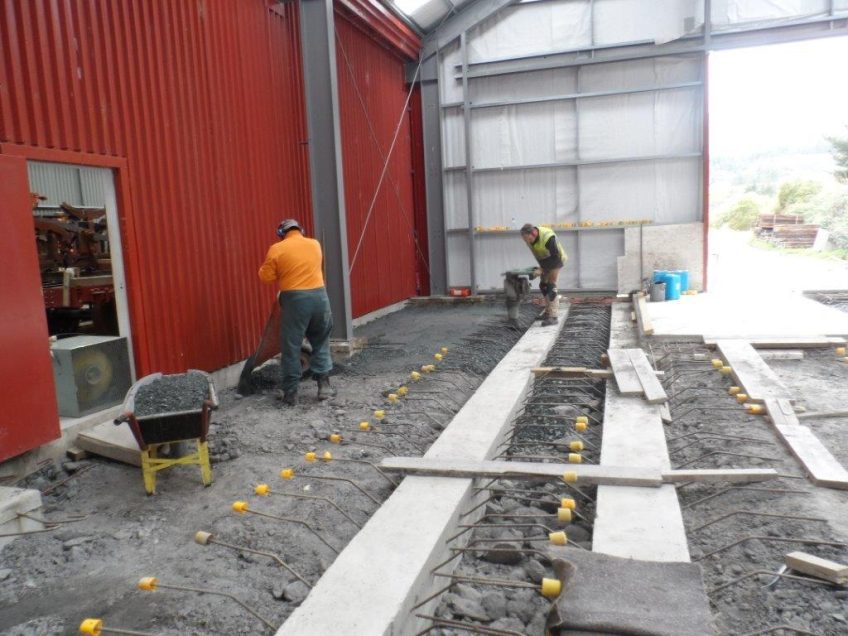Concrete floor, steps and wall cladding
An update on work done on Saturday 7 May 2016 - we placed 2.4m3 of concrete, casting a set of steps into the road 1 inspection pit, and two floor slabs. Complicated form work and a lot of manual concrete placing - but well worth the effort. The steps and floor slabs have tidied up the inspection pit area of the shed, finishing up some loose ends from previous pours.



